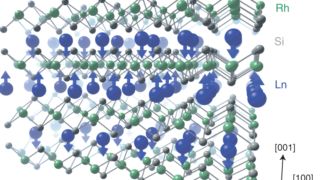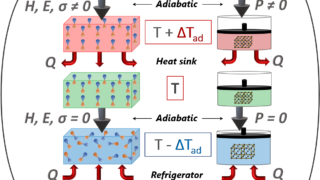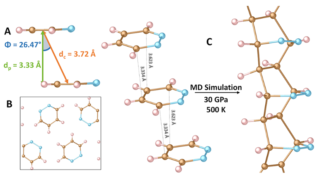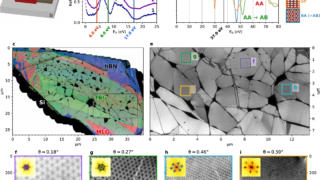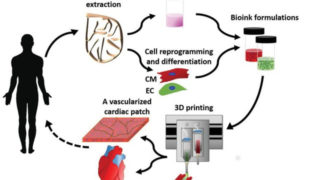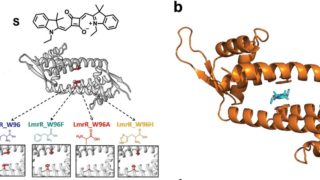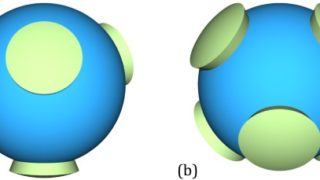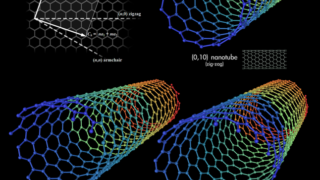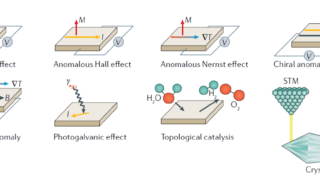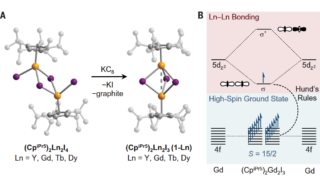
Lanthanide-lanthanide bonding as the basis of next-generation powerful permanent magnets
Chemistry • DIPC Computational and Theoretical Chemistry • Materials
If we are asked what a metal is, most likely we would think almost automatically in those elements that we see as lustrous solids, good conductors of heat and electricity, that tend to form positive ions, and with a particular chemical bond that keep metal atoms in place, the metallic bond. And all of this […]
